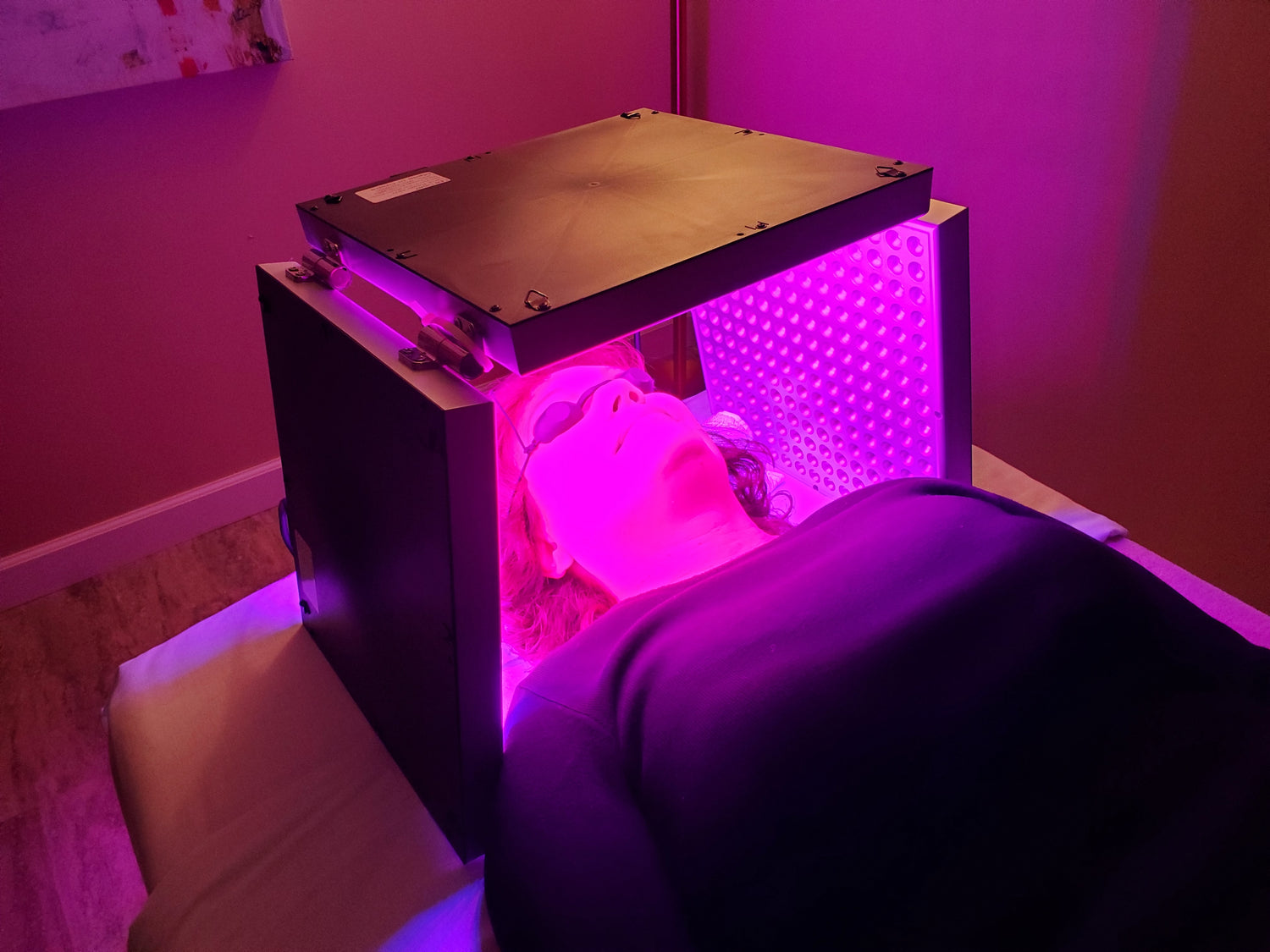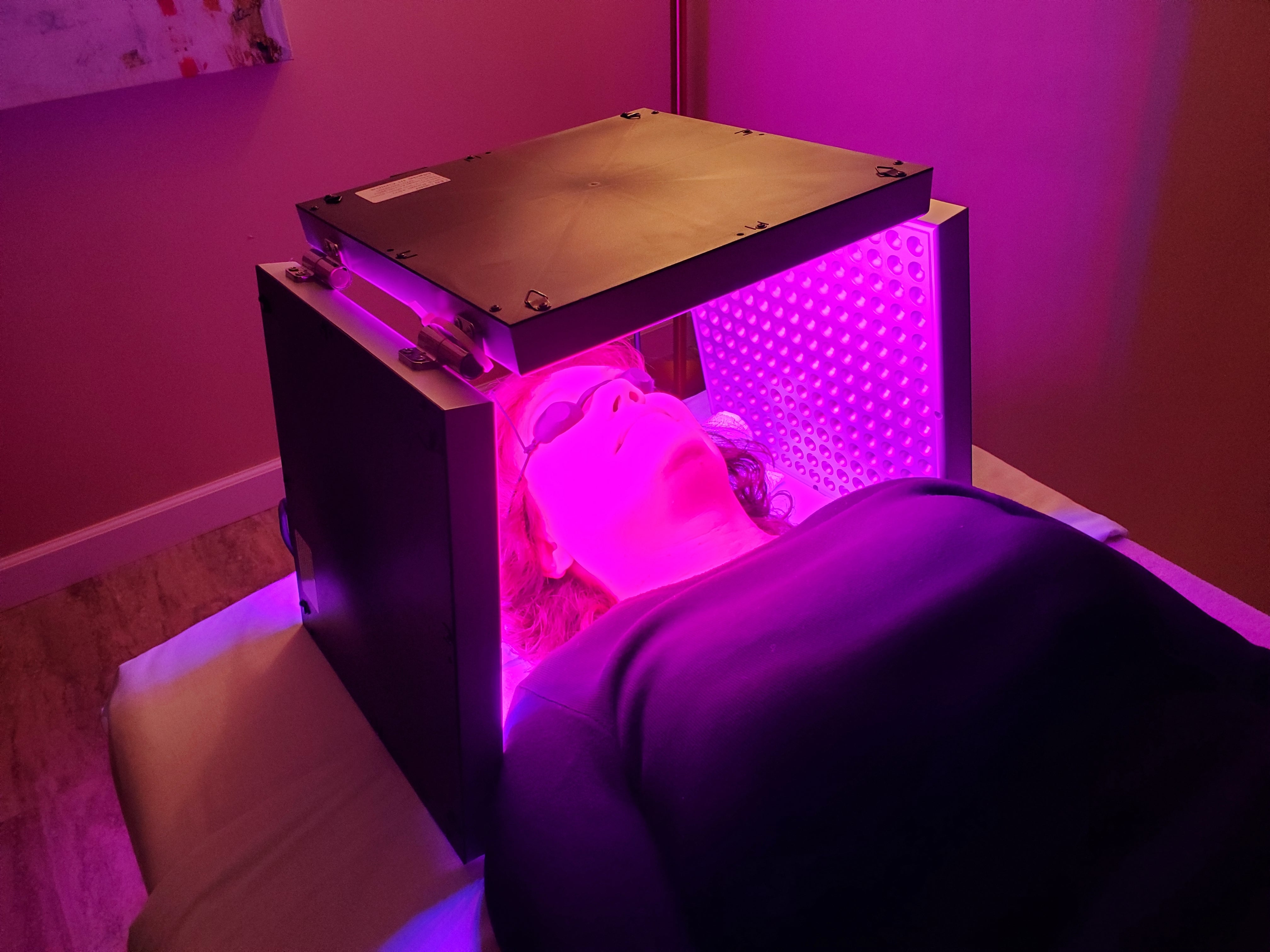Fear is a natural and automatic response within our neurophysiological system, triggered by a cognitive evaluation of potential danger in our surroundings. It activates the fight or flight response, preparing us to either confront or escape from the perceived threat.
Anxiety, on the other hand, is closely related to fear but differs in that it is a state of unease focused on future events. It encompasses a complex interplay of cognitive, emotional, physiological, and behavioral responses, all geared towards preparing us for anticipated threatening situations.
While anxiety is a normal part of the human experience, it can become problematic when it arises without any actual threat or when it becomes disproportionate to the situation at hand. This excessive and inappropriate response can hinder individuals from leading a normal life. When anxiety starts to interfere with our daily activities, preventing us from functioning as we should, it becomes crucial to seek treatment.
For many individuals, conventional treatments like psychotherapy and medications may not always yield the desired results, leading them to explore alternative solutions. This is where microcurrent therapy comes into the picture, offering a non-invasive and natural approach to alleviate anxiety.
Let’s go on a journey of discovery and hope as we learn how microcurrent therapy can help relieve anxiety.
Is microcurrent therapy really a hope? The answer is a resounding yes!
Read more about how this technology works, and it’s potential to help with anxiety.
What are the Common Causes of Anxiety?
Anxiety disorders seem to arise from a complex interplay of various factors, involving biology, psychology, and social influences2. Genetic predisposition combines with stressful or traumatic circumstances, giving rise to significant clinical symptoms. Anxiety can be triggered by several conditions, including the following:
- Medications: Certain medications have the potential to induce anxiety as a side effect.
- Herbal medications: Even natural remedies can sometimes contribute to feelings of anxiety.
- Substance abuse: The misuse of substances can lead to heightened anxiety levels.
- Trauma: Experiencing distressing or traumatic events can be a catalyst for anxiety disorders.
- Childhood experiences: Early life encounters and upbringing can shape an individual’s susceptibility to anxiety.
- Panic disorders: Specific conditions characterized by recurring panic attacks can also be a source of anxiety.
What are the Common Symptoms of Anxiety?
Anxiety symptoms can differ from one individual to another, but there are some common signs to look out for. These include:
- Excessive worry or fear: Feeling an overwhelming sense of unease or apprehension about everyday situations.
- Muscle tension: Experiencing tightness or discomfort in your muscles, often due to the body’s response to stress.
- Irritability: Feeling easily annoyed or agitated, even by minor things that wouldn’t typically bother you.
- Trouble sleeping: Having difficulty falling asleep, staying asleep, or experiencing restless nights due to anxious thoughts.
- Restlessness: Feeling constantly on edge or unable to relax, as if you’re constantly anticipating something negative.
- Physical symptoms like a rapid heartbeat or sweating: Experiencing physiological reactions such as an increased heart rate, sweating, or trembling when anxious.
Traditional Methods for Managing Anxiety
For decades, a combination of medications and therapy has been the go-to approach for treating anxiety. Healthcare professionals often prescribe antidepressants, beta-blockers, and benzodiazepines to help individuals manage their symptoms effectively.
One widely utilized therapeutic technique is cognitive-behavioral therapy (CBT), which aims to assist people in understanding and modifying negative thought patterns that contribute to their anxiety. By working with a trained therapist, individuals can learn valuable coping strategies and develop healthier ways of thinking.
While these traditional methods have proven beneficial for many individuals, it’s important to acknowledge their limitations and potential drawbacks. Medications, for instance, can sometimes come with side effects, and not everyone responds to them in the same way.
Moreover, therapy requires commitment and time, as progress is typically achieved through regular sessions and consistent effort. It’s crucial to find a therapist who understands your needs and can provide the support you require on your journey to managing anxiety effectively.
As our understanding of the human body continues to evolve, alternative treatments for anxiety are gaining attention. One such approach that is gaining popularity is microcurrent therapy. This non-intrusive and convenient method is showing promising results in effectively addressing anxiety.
The rise of alternative treatments like microcurrent therapy5 has sparked a debate among healthcare professionals and individuals seeking relief from anxiety. Unlike traditional methods, microcurrent therapy offers a superior approach by providing more effective and efficient results for those who may not have found success with conventional treatments.
What is Microcurrent Therapy?
Microcurrent therapy is a non-invasive treatment that utilizes low-level electrical stimulation to target specific areas of the body. This therapy aims to reset the communication between the brain and the nervous system, promoting balance and healing. The electrical currents used in microcurrent therapy are extremely low, mimicking the body’s natural electrical signals.
By delivering these gentle electrical impulses to targeted areas, microcurrent therapy stimulates cellular activity, increases blood flow, and promotes the release of endorphins, which are the body’s natural painkillers and mood enhancers. This therapy is often performed with the help of specialized devices that deliver the microcurrents to the body through electrodes or pads placed on the skin. Microcurrent therapy is gaining popularity as a safe, non-invasive, and effective treatment option for various conditions, including anxiety, pain management, and tissue regeneration.
The National Institute of Mental Health made groundbreaking discoveries:
A recent study, supported by the National Institute of Mental Health and the Saban Family Foundation, delved into the fascinating effects of microcurrent therapy on the brain. This therapy was examined at two different frequencies, and the results are quite promising.
Participants in the study exhibited deactivation in key areas of the brain, including the frontal, parietal, and posterior midline regions, when exposed to both frequencies.
Specifically, after receiving 0.5-Hz stimulation, participants experienced decreased activation in the left SMA, bilateral precentral and postcentral gyri, right posterior cingulate cortex, right lateral occipital cortex, and bilateral precuneus. Similarly, when exposed to 100-Hz stimulation, decreased activation was observed in the right/left SMA, right supramarginal gyrus, right superior parietal lobule, and left superior frontal gyrus. Importantly, no areas of enhanced activity were found for either frequency.
Furthermore, when directly comparing the activation patterns at 0.5 and 100 Hz, no significant changes in frequency were detected. Throughout the experiment, a block-by-block analysis revealed a consistent deactivation pattern during “on” periods and relative activation during “baseline” periods for most of the blocks at both frequencies.
These findings provide encouraging evidence for the use of microcurrent therapy. By targeting specific brain areas and inducing deactivation, this therapy holds promise for various mental health conditions. Further research in this field could potentially unlock new treatment avenues and improve the well-being of individuals struggling with mental health issues.
Experience the Power of Microcurrent Therapy
Transform your life with the power of microcurrent therapy. Our advanced microcurrent therapy devices are designed to target anxiety bringing you a sense of calm and relaxation like never before. Say goodbye to sleepless nights racing thoughts and overwhelming stress.
With just a few minutes of daily use our devices will gently stimulate your body’s natural healing processes promoting a deep sense of well-being and inner peace. Experience the benefits of microcurrent therapy and reclaim control over your anxiety. Don’t wait any longer to live your best life. Click here now and discover the incredible healing potential of microcurrent therapy.
References
1. [Internet], S. Anxiety.
2. Ströhle, A., Gensichen, J. & Domschke, K. Diagnostik und Therapie von Angsterkrankungen. Dtsch. Arztebl. Int. 115, 611–620 (2018).
3. Urban, S. & Raś, P. Treatment of anxiety disorders. Wiad. Lek. 51, 82–89 (1998).
4. Campbell, L. 10 Types of Therapy for Anxiety and How They Work. https://psychcentral.com/anxiety/psychotherapy-for-anxiety-disorders.
5. Kolimechkov, S. et al. Physiological effects of microcurrent and its application for maximising acute responses and chronic adaptations to exercise. Eur. J. Appl. Physiol. 123, 451–465 (2023).
6. Alexander Zhigalov. Advanced brain stimulation approaches for treating depression and anxiety. https://www.birmingham.ac.uk/research/metabolism-systems/events/2022/advanced-brain-stimulation-approaches-for-treating-depression-and-anxiety.aspx.
7. Houghton, P. E. Clinical Trials Involving Biphasic Pulsed Current, MicroCurrent, and/or Low-Intensity Direct Current. Adv. Wound Care 3, 166–183 (2014).
8. Park, B. S. et al. Comparison of the effects of cranial electrotherapy stimulation and midazolam as preoperative treatment in geriatric patients: A CONSORT-compliant randomized controlled trial. Med. (United States) 101, E30336 (2022).
9. Lyon, D. et al. Randomized sham controlled trial of cranial microcurrent stimulation for symptoms of depression, anxiety, pain, fatigue and sleep disturbances in women receiving chemotherapy for early-stage breast cancer. Springerplus 4, (2015).
10. Do, J. K. & Kwon, D. R. Efficacy of cranial microcurrent stimulation in patients with tension-type headache: A prospective, randomised, double-blinded, sham-controlled clinical trial. Int. J. Clin. Pract. 75, (2021).




Leave a comment
This site is protected by hCaptcha and the hCaptcha Privacy Policy and Terms of Service apply.